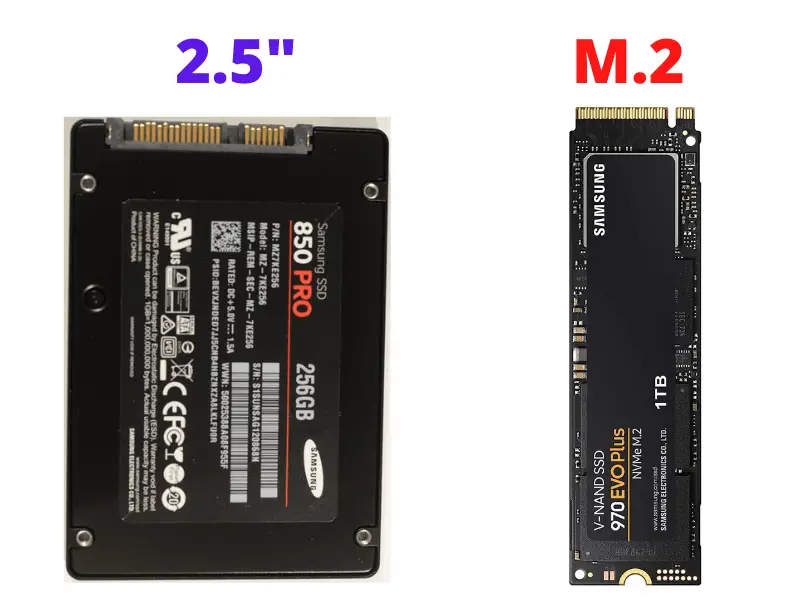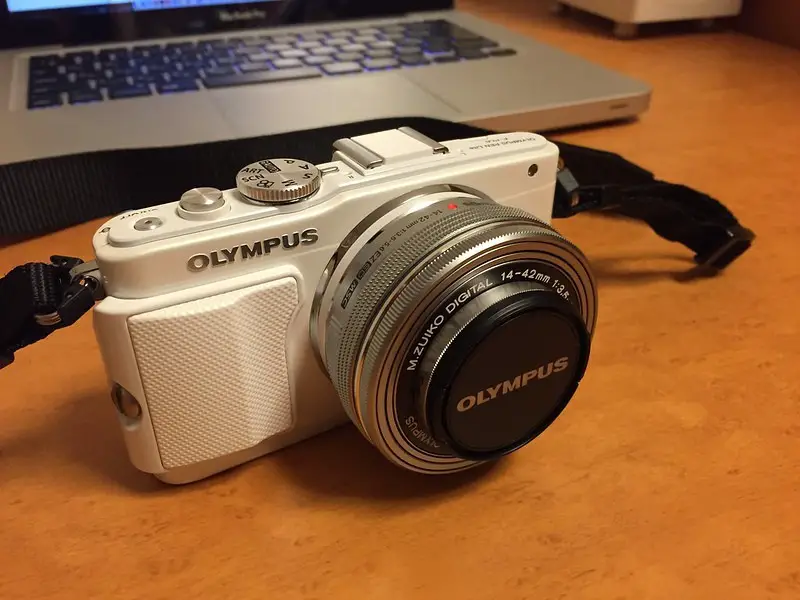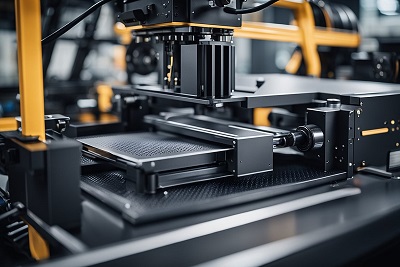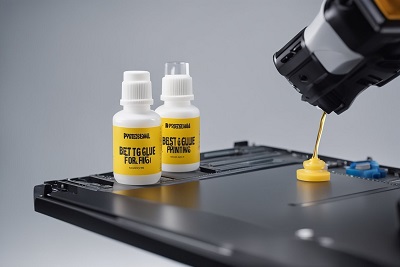iPhones and mirrorless cameras became available to the market around more or less the same period, with iPhones coming out in 2007 and mirrorless cameras a year after.
iPhones have since made great strides in their camera setups, almost to the point of challenging some professional-grade cameras.
That said, however, are iPhones better than mirrorless cameras? Here, we’ll highlight a few points worth considering.
The Truth on Whether Mirrorless Cameras are Better than iPhones
iPhones are a range of smartphones with a camera as one of their features, whereas mirrorless cameras are dedicated camera setups. Therefore for photography & videography, in terms of build, performance, and quality, mirrorless cameras will reign superior over an iPhone.
Table of Contents
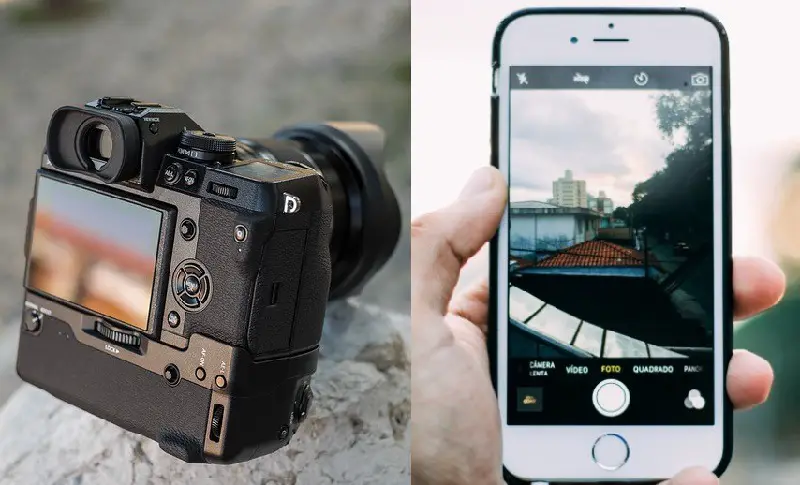
Mirrorless Camera Features vs iPhone Camera Features?
The table below demonstrates a few features available on these two devices:
| Features | iPhone | Mirrorless Camera |
| Sensor Size | ~7.01×5.79 mm | Up to 36×24 mm (full frame) |
| Recording Resolution | up to 4k | Up to 4k |
| Articulating Screen | – | Present in some models |
| View Finder | – | Present |
| Use Interchangeable Lens | – | Yes |
Do Mirrorless Camera Take Better Pictures Than iPhone?
There’s no doubt that iPhones are great for taking photos. Quite frankly, the cameras they have are a big reason for their purchase among many of its consumers. That said, however, the fact of the matter is that they still can’t quite match up to professional cameras. (Mirrorless cameras in this case.)
Many reasons are available to explain why, and highlighting one of the most fundamental ones, is the sensor size.
By simply looking at the physical dimensions of both a mirrorless camera and an iPhone, one can determine which device can fit a bigger sensor.
In photography, the bigger the sensor size, the better the quality of images you can expect.
Though recent technology is moving towards creating smaller sensors that can perform just as well in standalone cameras and smart devices too, we aren’t quite there yet. For now, mirrorless cameras remain superior to iPhone cameras when talking photography.
Do Mirrorless Camera Take Better Videos Than iPhone
With the advent of social media sites and other sites that allow sharing of amateur-made photo and video media, the uptake of smart devices with cameras has been significant.
The iPhone has proven particularly popular due to its superior camera quality compared to most such devices on offer.
Comparing the iPhone camera setup with a mirrorless camera, however, shows much to be desired in terms of video quality. There are several reasons why this is the case right now.
For one thing, the difference in sensor size between the two devices is quite significant. With the mirrorless cameras having bigger sensors, they can capture and produce better quality videos as well as still images.
Another reason worth considering is the flexibility in terms of settings mirrorless cameras can afford their users. Camera phones, even the iPhone in this case, offer limited options in terms of adjustments you can make setting-wise before capturing anything.
How does the Size of a Mirrorless Camera Compare to That of iPhone?
When talking about size with regard to the context of iPhones and mirrorless cameras, it can be looked at from two angles.
The first, which may be obvious, is in terms of the actual physical dimensions of the two devices.
In this case, looking at the iPhone, the latest model has dimensions measuring 160.8×78.1×7.4 mm. Comparing this latest iPhone (the iPhone 12 Pro Max) with other iPhones produced previously, it’s the biggest one released so far. The smallest iPhone (iPhone SE 2020) measures 67.3×138.4×7.3 mm.
Looking at mirrorless cameras, the smallest (Canon M50) measures around 116x88x59 mm.
The second angle of looking at the size when discussing cameras has to do with the image sensor. The size of a camera’s sensor quite literally determines how good it is right off the bat.
iPhone camera sensors measure about 7.01×5.79 mm. Mirrorless cameras have varying sensor sizes depending on the make and model. The biggest sensor available to mirrorless cameras measures 36×24 mm. It’s referred to as a full-frame sensor.
How Does Battery Life of Mirrorless Camera Compare to That of iPhone?
Battery life performance is determined by several factors when discussing specific devices.
Before purchasing a battery-powered device, you should investigate the kind of performance to expect from it when under maximum usage.
This investigation can help you gauge the kind of performance to expect from it based on how much or frequently you plan to use it.
Looking at the iPhone in this case, the first thing to remember is that it’s a smart device with many features, and the camera is just one of them. That fact alone should make you realize that the limited battery charge is shared among all the tasks it has to perform and it isn’t just dedicated to camerawork.
With that said, using the camera on an iPhone drains the battery quite quickly. Depending on the mode (photography or videography), the rate of drainage can be faster or slower. Other settings like resolution and HDR also hugely impact the rate of battery charge consumption on an iPhone.
On mirrorless cameras, it would be prudent to note one point about them. While they may provide better imaging qualities than most other available DSLR options, they are known to drain their battery faster than them.
The reason could be that their compactness doesn’t allow fitting batteries as big as the ones used in DSLRs. Another could be that capturing high-quality stuff requires a little bit of extra juice to get the job done.
All that said, one can expect a better battery life expectancy from a mirrorless camera. The reason is that, unlike an iPhone’s battery, its battery is designed to solely serve the camera, whereas an iPhone’s battery is subject to more and quicker wear and tear because of the shared usage among its other tasks.
Which is More Convenient to Use While Taking Pictures, Mirrorless Camera or iPhone?
When talking about convenience in the context of taking pictures, two aspects particularly stand out. They are speed and quality.
Speed
Look at it this way; a picture is a still record of a moment, a moment that may not occur again for a while or potentially forever.
That said, the speed at which you can have your device pointing at whatever you want to capture and record matters.
In this regard, the iPhone edges out mirrorless cameras. The reason for that being that an iPhone has special keys to start the camera without having to scroll through the menu. A mirrorless camera on the other hand requires a bit of setting up (i.e. starting it up, inputting correct modes and settings, mounting lenses).
Quality
Mirrorless cameras have better specifications and controls for capturing better quality images compared to iPhones. In this aspect, iPhones lose out to mirrorless cameras.
Which is Easier to Maintain, Mirrorless Camera or Iphone?
Maintenance is an important issue with any device. How well this aspect is considered could make or break your device.
That said, when comparing the maintenance needs of an iPhone and a mirrorless camera, the iPhone proves easier to maintain.
This fact is demonstrated by a few factors, some of which have been summarized below:
- To get the most out of mirrorless cameras, one needs to have an assortment of lenses. Different lenses produce different types of images which is a significant aspect of photography. These lenses are pricey. An iPhone, on the other hand, can be used as-is.
- Mirrorless cameras need extra gear before using them. (e.g. memory cards). The iPhone, on the other hand, offers internal storage.
- A mirrorless camera has some removable parts, unlike an iPhone (e.g. battery, lens). As such, with a mirrorless camera, one has more components that are subject to loss or damage that would all need individual replacement.
Are Mirrorless Cameras More Durable Than iPhone?
The simple answer to this is yes.
Mirrorless cameras have vastly superior build quality compared to iPhones. This fact means they are designed in sturdier setups compared to iPhones. When talking about damage caused by shock, a mirrorless camera would absorb it much better than an iPhone would.
Build quality aside, an iPhone has several other things (e.g. apps, sensor systems) working within it aside from the camera. These elements, which have nothing to do with the camera, can affect its working.
For instance, suppose a bug or virus hits an iPhone and renders it unusable, accessing the camera panel would prove difficult or impossible. With mirrorless cameras being standalone camera setups, they don’t experience such influences.
Should You Buy a Mirrorless Camera Over an iPhone?
Going for either depends on your needs. If you’re looking for a multi-faceted device that also has a camera, going for the iPhone would be a good idea.
If you, however, strictly need a device tailored for photography and video capturing, a mirrorless camera would be best.

